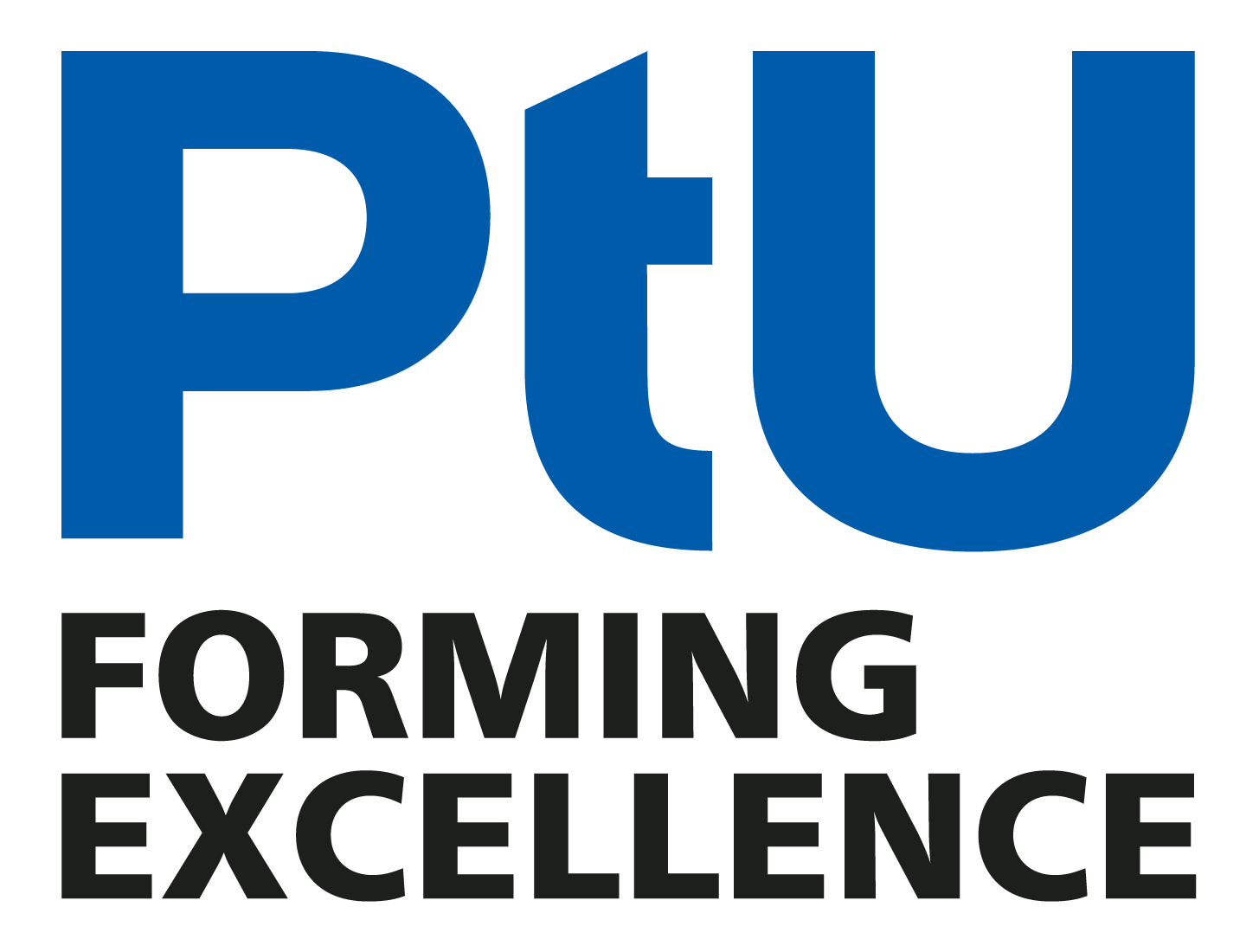SPP 2422 – Optimization of active surface design of high-speed progressive tools using machine and deep learning algorithms
The aim of the priority programme is to develop new methods for using implicit knowledge from process data in combination with expert knowledge and solution spaces from process simulations for the design of forming tools. This goal is to be achieved through interdisciplinary collaboration between institutes of forming technology, automation and data science working in the fields of process development, data science, artificial intelligence and machine learning.
Coordinators: Markus Schumann M. Sc. | Jonas Moske M. Sc.
Duration: June 2023 – June 2026
Funded by: DFG – German Research Foundation | SPP 2422
Motivation
The central objective of the cooperation project is the identification of non-linear relationships based on machine or deep learning methods between sensory and numerically detectable process and state variables on the one hand and workpiece characteristics on the other in a multi-stage, high-speed forming process and the resulting derivation of optimisation measures for their effective surfaces. In the development of AI models, multimodal approaches are to be tested for the first time, in which heterogeneous, experimental and simulative data are merged and used as input variables for machine and deep learning processes. Identified correlations and sensitivities between component properties and active surface parameters will then be used to optimise active surface parameters.
Approach
To achieve this goal, both the further development of an existing, modular progressive die train, the integration and qualification of corresponding sensor technology, commissioning and comprehensive test execution, the simulative mapping of the process and the development of corresponding AI models are to be addressed. In the development of AI models, multimodal approaches are to be tested for the first time, in which heterogeneous, experimental and simulative data are merged and used as input variables for machine and deep learning processes. Identified correlations or sensitivities between component properties and active surface parameters will then be used to optimise active surface parameters. Both explainable artificial intelligence and human-in-the-loop approaches are to be tested and used in order to incorporate domain-specific knowledge into the modelling on the one hand and to check the plausibility of identified correlations and exclude spurious correlations on the other. A six-stage mould consisting of deep-drawing, stretching and punching operations for the production of a sensor housing serves as a demonstrator process. The active surfaces are to be optimised through the geometric design, dimensioning and surface structuring of the tools as well as through the adjustment of temperature and oiling conditions.
Acknowledgement
The research project presented is funded by the German Research Foundation (DFG) as part of the Collaborative Research Centre SPP 2422: Data-driven process modelling in forming technology.
Funded by
Network Partners





